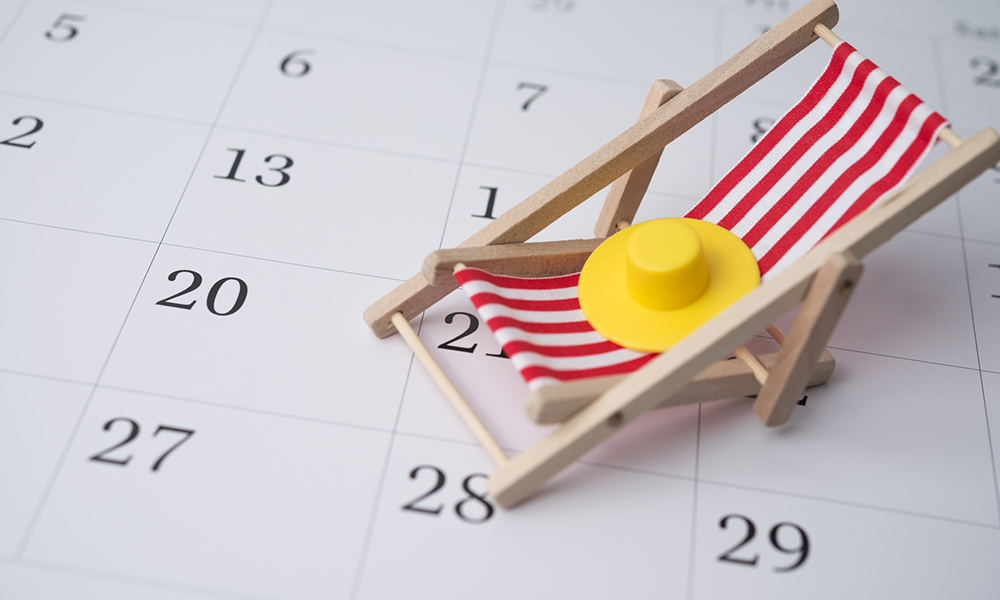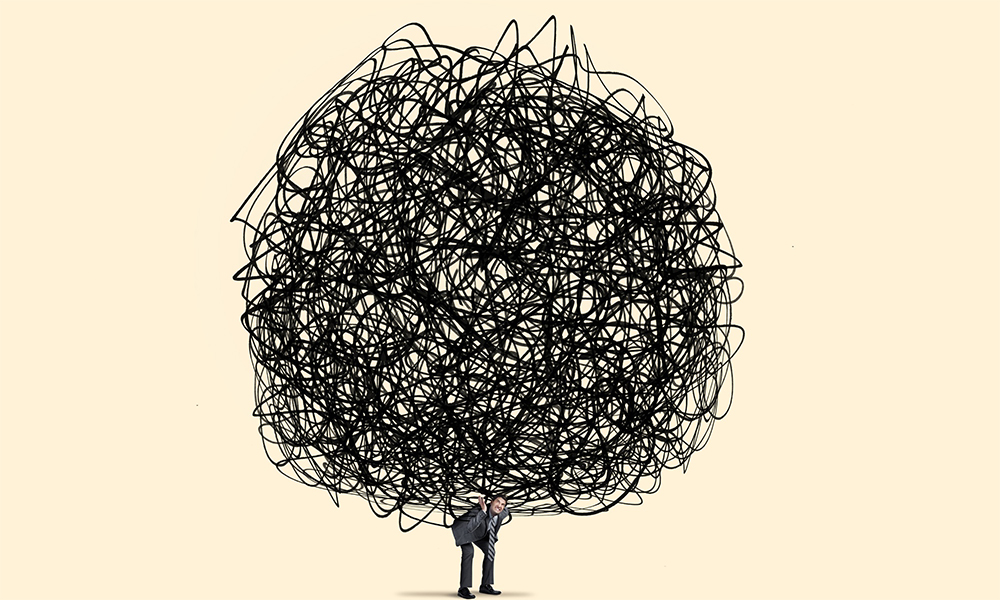Most mornings, I guard the hour between 8:00 a.m. and 9:00 a.m. as much as I can. It’s the time I set aside to untangle the tougher problems on my desk before the day crowds in. On the days I manage to keep that space clear, I notice how much cleaner my thinking is. A decision that felt murky the night before often becomes obvious. A problem that seemed stuck suddenly shows a way forward. I try to push meetings for later so that this hour stays untouched.
That, in essence, is the idea behind a Power Hour: one protected window where your focus is at its best.
What makes the Power Hour different from other time-blocking techniques is how personalised it is. Instead of imposing an external, random set of rules on you, it invites you to work in sync with your own cognitive rhythms.
The idea is simple: to identify and optimise your peak productivity window on a daily basis. Rather than tackling your most vital task in fragments throughout the day, you dedicate yourself to it for one distraction-free hour – exactly at the time when your energy and focus are naturally at their best.
The work you do in these precious 60 minutes could otherwise drag on for hours – and still fall short in the end.
This week, let’s dig into the Power Hour approach and explore practical ways to embed it into your workday.
Not all hours are created equal
The key to unlocking the full value of a Power Hour lies in aligning high-impact tasks with your inherent energy peaks.
Every day, there is a window of time (perhaps more than one) when you function at your most optimum. Your mind is at its clearest, your energy at its highest. This is when you find yourself effortlessly entering “flow” – a state of intense focus in which it seems like you can achieve anything.
This peak performance period is woefully underutilised. It slips by unnoticed, often wasted on a scattering of low-priority tasks as people plough through their day. Even those with meticulously constructed schedules tend to overlook its potential.
With the Power Hour method, this window could become the highest-leverage part of your workday. Studies have found that aligning tasks to your productivity prime time can boost efficiency by up to 20% and reduce errors by up to 50%.
Find your Power Hour
There is a widely held belief that mornings are the most productive time for everyone. But this isn’t strictly true. Each person’s body clock is unique. Your circadian rhythm – shaped by both biology and lifestyle – determines when you’re naturally most alert. This is why some people swear by the 6 am club, while others do their best work later in the day.
To find your peak performance window, you will need to monitor your productivity levels over a few days. Try experimenting with different time slots for critical work. Observe yourself and take notes. Ask yourself:
- When do I hit my stride and slip into flow most easily?
- How long can I maintain deep concentration?
- When do I accomplish the most in a single sitting?
- How does my energy fluctuate through the day?
A pattern will soon emerge, leading you to your productivity prime time. Based on your bio-rhythms, your peak zone could be a single three-hour-long slot – or a couple of hours split between two different times in the day. As Dan Hong, CEO and founder of Offlight, says:
The most effective productivity system is one that adapts to your unique rhythms and responsibilities. I learned this the hard way, trying to force myself into an early morning routine because that’s what the productivity gurus recommended. Only when I found my own peak time did Power Hour truly start working for me.
Something to keep in mind: people who are neurodivergent may experience focus and flow differently. In such a scenario, professional guidance could be helpful in establishing a Power Hour ritual, along with techniques like timed intervals and online co-working sessions.
Making the most of Power Hour
The next step is to block 1-1.5 hours during your peak productivity window. Treat this daily Power Hour as non-negotiable, reserving it solely for high-impact tasks that are directly linked to your job function and mission. If you’re a fan of the Eisenhower Matrix, bring out those ‘Important not Urgent’ items – the kind that always get bumped down the to-do list. Now’s your chance to get cracking on them.
Here are eight suggestions to help you protect and maximize your Power Hour:
1. Set your goal.
Identify one priority task – this is your only agenda for the next 60-90 minutes. Make it specific and achievable. Instead of “write report”, aim for “draft the executive summary”.
2. Draw boundaries.
Reduce interruptions by letting colleagues and family members know you’ll be unavailable. Schedule the slot in your shared calendar. Establish a protocol for emergencies.
3. Minimise distractions.
Silence notifications. Place your phone out of reach. Close irrelevant tabs. Ensure required materials are at hand. You’re all set!
4. Start a countdown.
Using a simple timer can keep you accountable and focused. With the clock ticking down, the brain kicks into high gear.
5. Commit to monotasking.
Give your undivided attention to the task at hand. Don’t get tempted by “just one email” or “a quick look at that presentation”.
6. Take a breather.
If your Power Hour is over 60 minutes, take a short break at the halfway mark. Stretch your legs, get a glass of water – then get back to it.
7. Evaluate & tweak.
Review progress at the end of the session. Did you complete the task, or do you need to devote another Power Hour to it? How realistic was the goal you set? Adjust as needed.
8. Build in buffers.
Diving straight from back-to-back meetings into Power Hour may not be the best strategy. Take a few minutes to switch gears and set the tone for a productive session.
Following these steps will make it easier for you to find and maintain flow. If you’re unused to long periods of uninterrupted work, it may be tough going at first. But as you strengthen your mind’s focus muscle through habit, you’ll find yourself dropping into flow state faster – and staying there longer.
As the Power Hours stack up, so will your progress on critical, longer-term goals. Aim for consistency – but don’t get hung up on perfection. There are days when nothing goes to plan, and skipping your Power Hour may be unavoidable. And that’s okay. You can reschedule the session to your second-best energy slot or simply get back on the horse the next day. As long as you maintain a regular, focused-hour practice, the occasional cancellation won’t derail you.
The hour is yours
The Power Hour isn’t a one-size-fits-all productivity hack. It delivers results only when you customise it. By matching your peak productive hours to deep, strategic and creative work, this method serves as an investment in your future success.
If you end your perpetually busy workdays feeling like you didn’t actually get anything important done, the Power Hour could be just what you need. It’s low-friction. It’s repeatable. And done daily, it compounds.








Comments